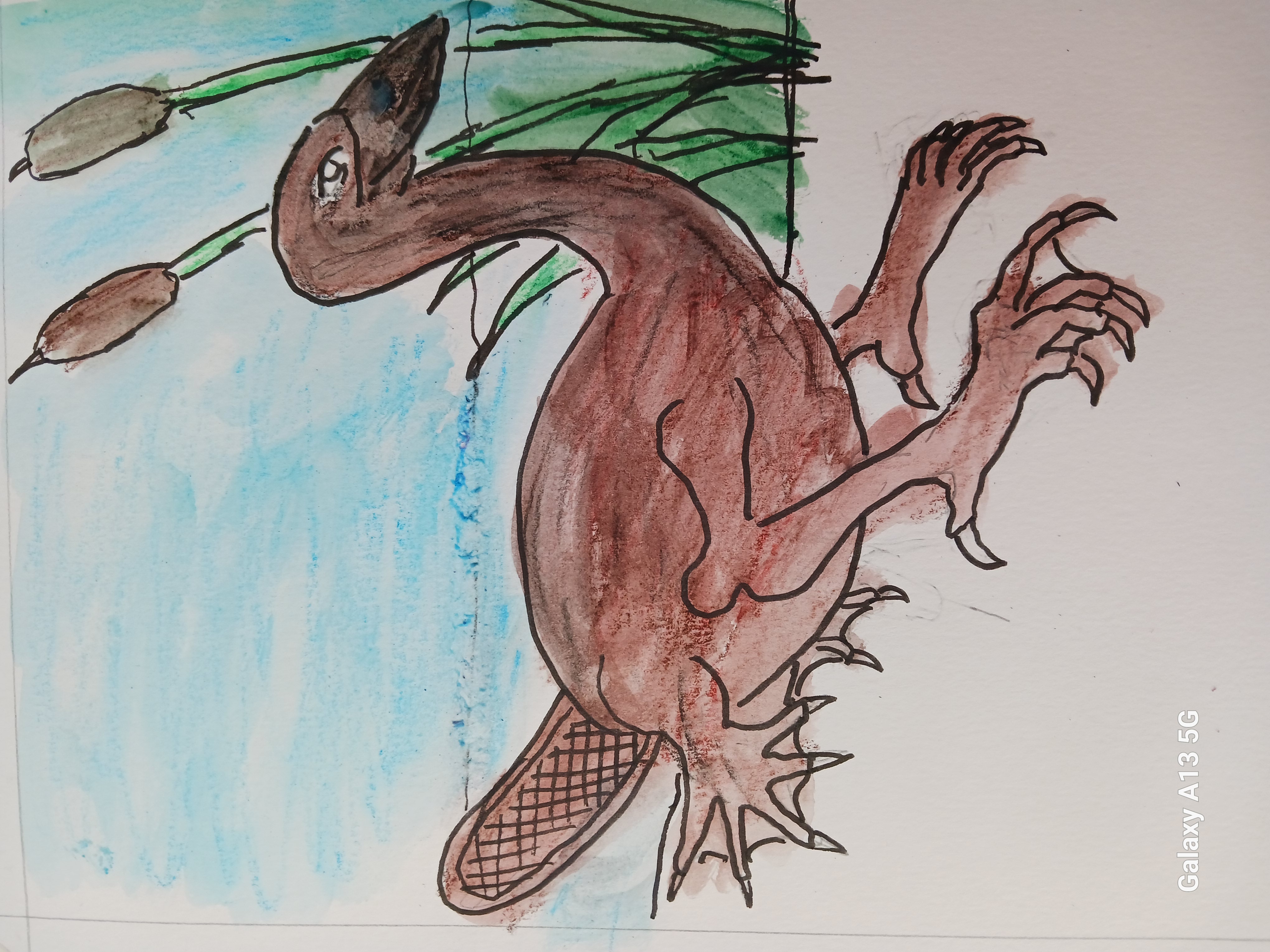Conservation Status
Least Concern (LC)
Scientific Classification
Kingdom: Animalia
Phylum: Chordata
Class: Mammalia
Order: Monotremata
Family: Platyanatidae
Genus: Platyanatidae
Species: P. cervicollis
Binomial Name
Platyanatidae cervicollis
Common Names
Goose-Necked Platypus
General Information
Platyanatidae cervicollis, commonly known as the Goose-Necked Platypus, is a distinctive species within the monotreme order. It combines attributes of both platypuses and geese, adapted for an aquatic lifestyle but with unique physiological traits.
Description
The Goose-Necked Platypus is characterized by its platypus-like body, complete with a duck-bill, webbed feet, and a broad, flat tail, all adapted for swimming. The distinctive feature of this species is its elongated, goose-like neck and head, which allows greater flexibility in food retrieval from aquatic environments. The species is capable of laying eggs, with an incubation period of 13 weeks.
Diet
Its diet primarily consists of algae and small fish, which it forages for in shallow water. The elongated neck aids in reaching into deep underwater crevices and sifting through sediment on riverbeds.
Venom
One of the more remarkable features of this species is its highly venomous nature; it possesses spurs on its hind limbs that can deliver a paralytic, hallucinogenic venom. This venom is primarily used defensively against predators and during territorial disputes with other males.
Behavior
The Goose-Necked Platypus is known for its moody disposition, often displaying aggressive behavior when threatened. It tends to live in societal flocks, forming close-knit communities that inhabit the same denning areas along riverbanks or lake shores.
Reproduction
Mating typically occurs in water, after which the female lays eggs in a carefully constructed den along the water’s edge. The eggs are incubated for approximately 13 weeks before hatching, with the mother providing initial care to the hatchlings.
Lifespan
The typical lifespan of the Goose-Necked Platypus is about 40 years, which is considerable for monotremes, indicating a successful adaptation to its ecological niche.
Conservation
Currently classified as Least Concern, the Goose-Necked Platypus does not face immediate threats of extinction. However, conservation efforts are focused on maintaining clean and stable freshwater ecosystems to support healthy populations.

